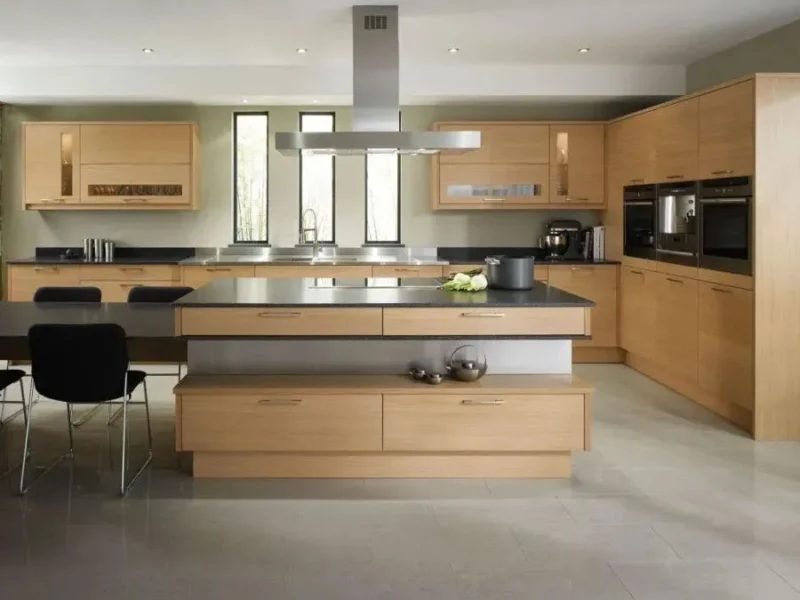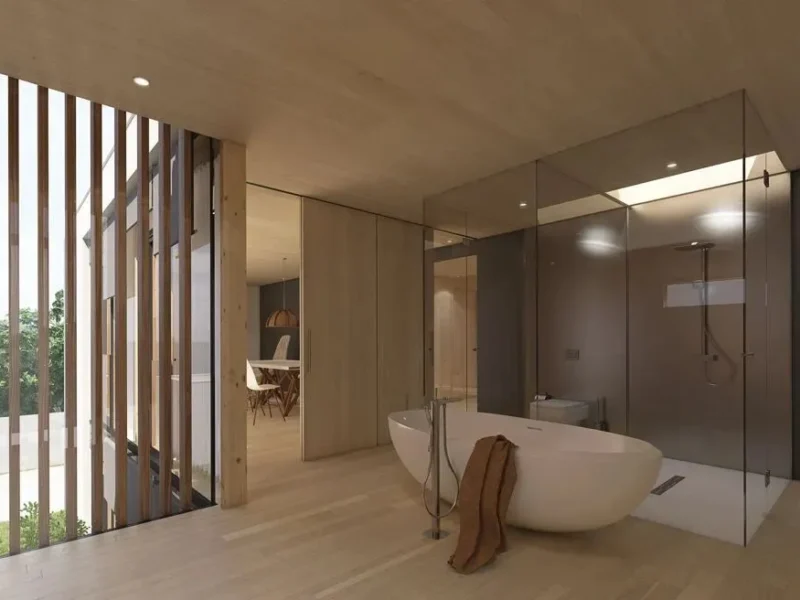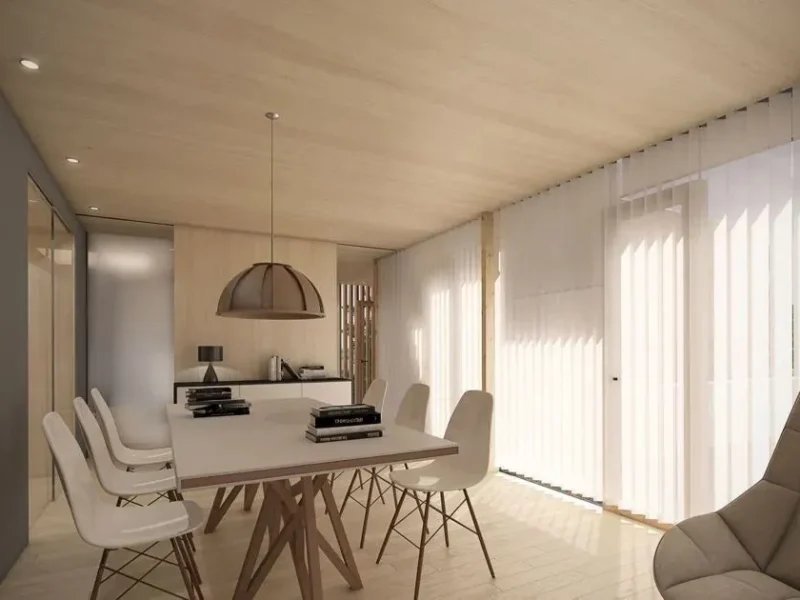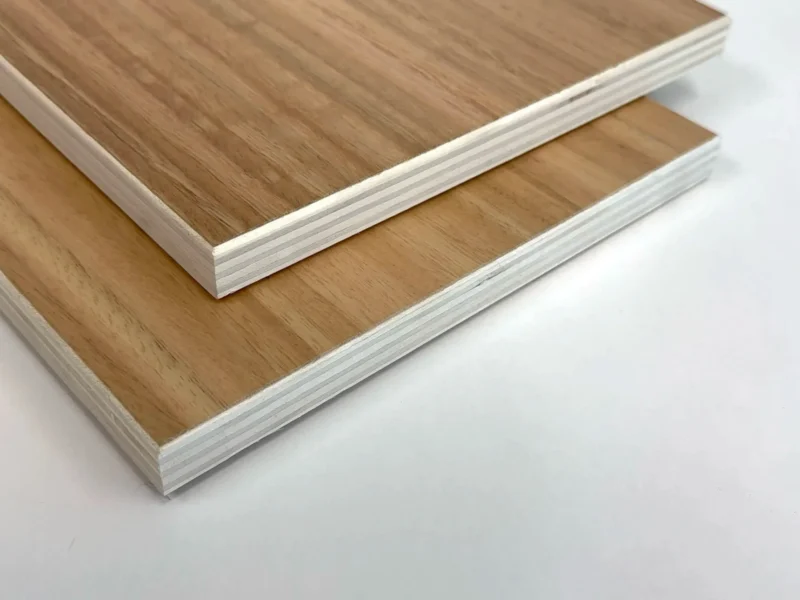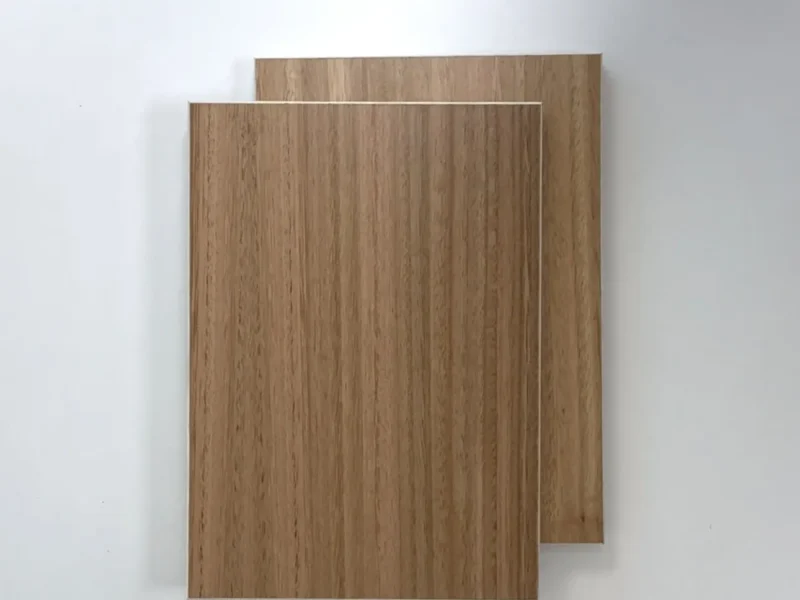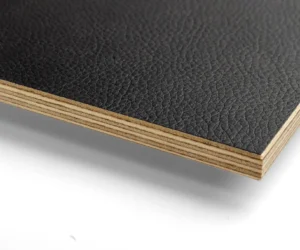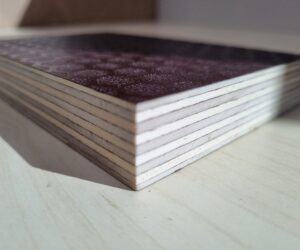Tasmanian Oak (Blue Gum) Lightweight Plywood A/C UV Coated
Tasmanian Oak (Blue Gum) European Poplar Plywood A/C UV Coated is a lightweight panel with poplar core plies (manufactured using poplar veneers by cross bonding) and Eucalyptus Globulus veneers (common name Tasmanian Blue Gum) on the outer plies. The product is UV-coated.
Coating: two coats of clear UV-hardened acrylic paint. This product is ready to use and does not require polishing or staining. It is a sustainably sourced and environmentally friendly material.
Advantages: Surface hardness. Tasmanian Oak (Blue Gum) European Poplar Plywood is more resistant to impacts and scratching since Blue Gum is a hardwood with a density of~900 kg/m³ and a durability rating of class 3. This plywood is a perfect combination of the lightness and durability.
Applications: This plywood is ideal for projects that require lightweight yet structurally strong solutions, such as caravans, campervans, and tiny homes. It is used for wall lining, ceilings, carved panels, space dividers, shop fittings, and any decorative application.
Processing options: CNC routing, laser cutting.
Modulus Of Elasticity N/mm²: 3500-4800 Acc to EN 310
Face Screw Holding KgF: 135 Acc to EN 320
Density: 465 kg/m³
Glue type: Class I (interior) and Class III (exterior) according to EN 636
Emissions: Class E1 according to EN 13986
Appearance grade: face – A, reverse – C
A – Face grade ideal for staining, lacquering, and painting. Few pin knots or healthy and adhering knots without cracks. A Light in-contrast discolouration and good quality repair work that blends in with the rest of the surface are allowed.
Panel weight:
12x2500x1220mm – 17.4 Kg
15x2500x1220mm – 22.0 Kg
18x2500x1220mm – 26.2 Kg
Number of layers:
12mm – 7 plies (layers)
15mm – 7 plies
18mm – 9 plies
Bond quality class 1 according to EN 636-1: For internal use as a structural component in dry conditions
Thermal Conductivity: 0.11 W/mK
Bending Strength according to EN 13986:2006+A1:2015 : F16/F19
Sound Absorption according to table 10 EN 13986: Frequency range: 250 Hz to 500 Hz: 0.10 Frequency range: 1000 Hz to 2000 Hz: 0.30
